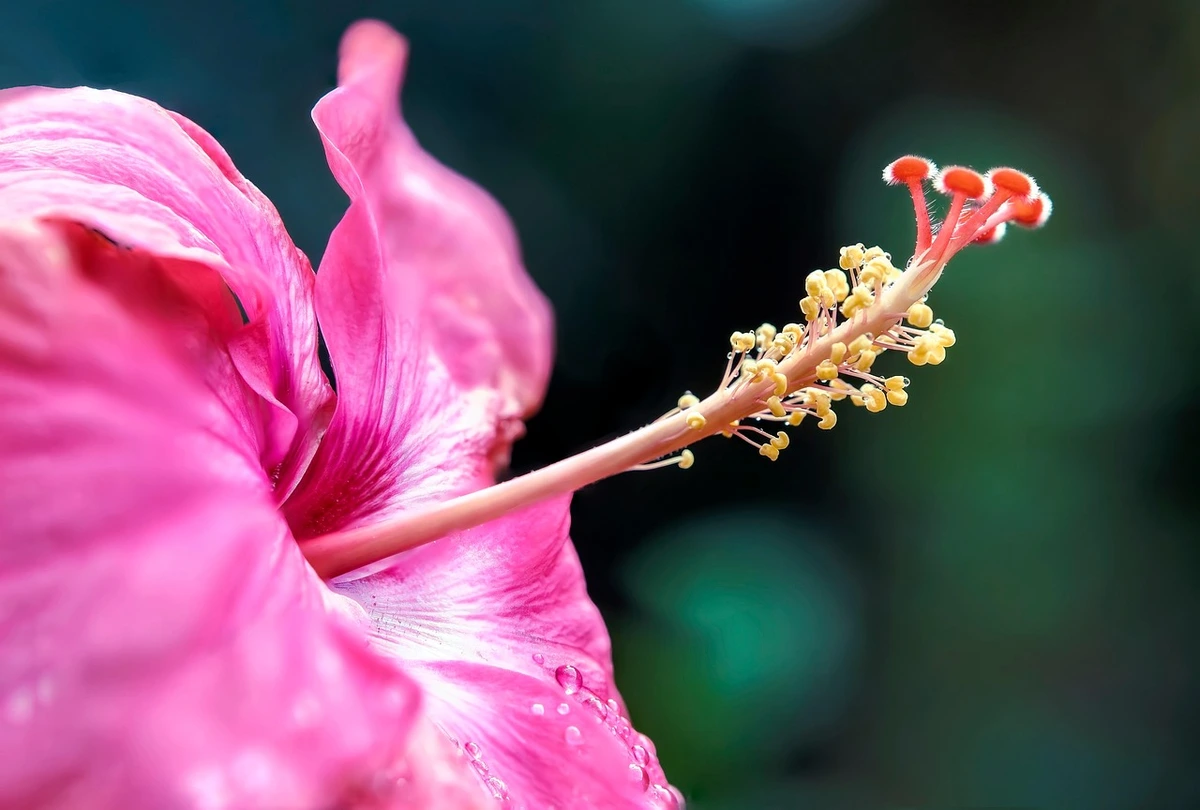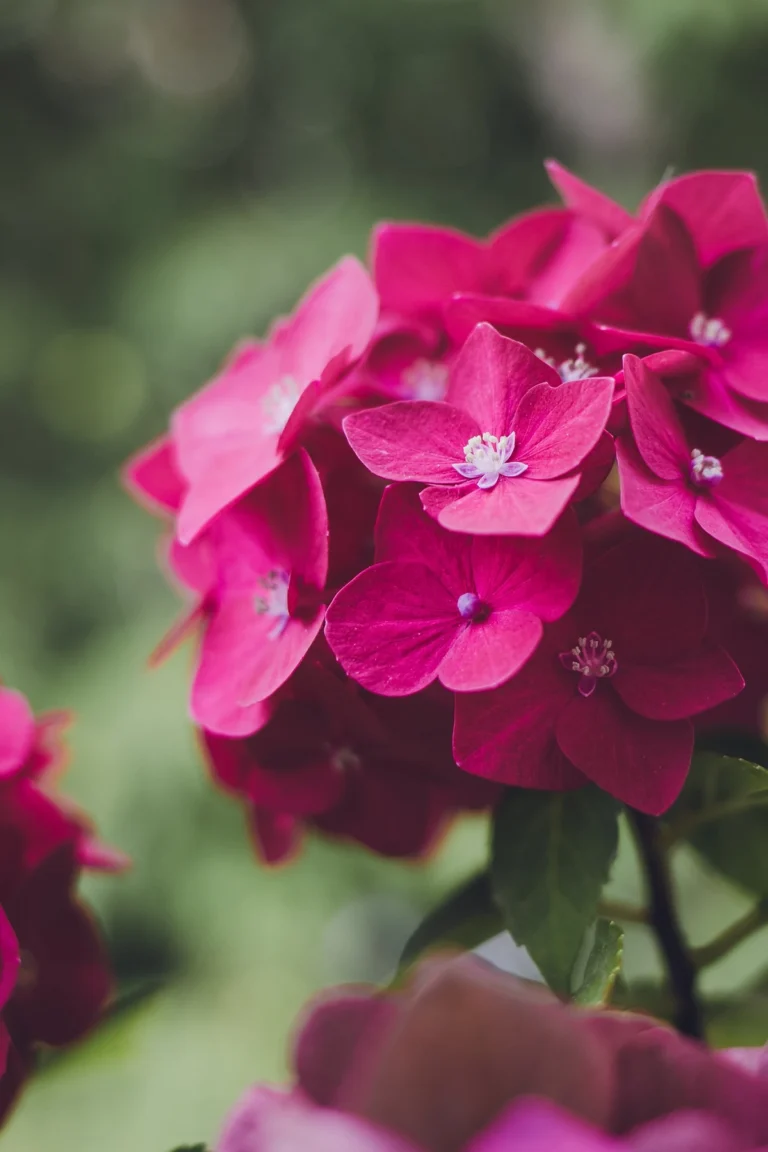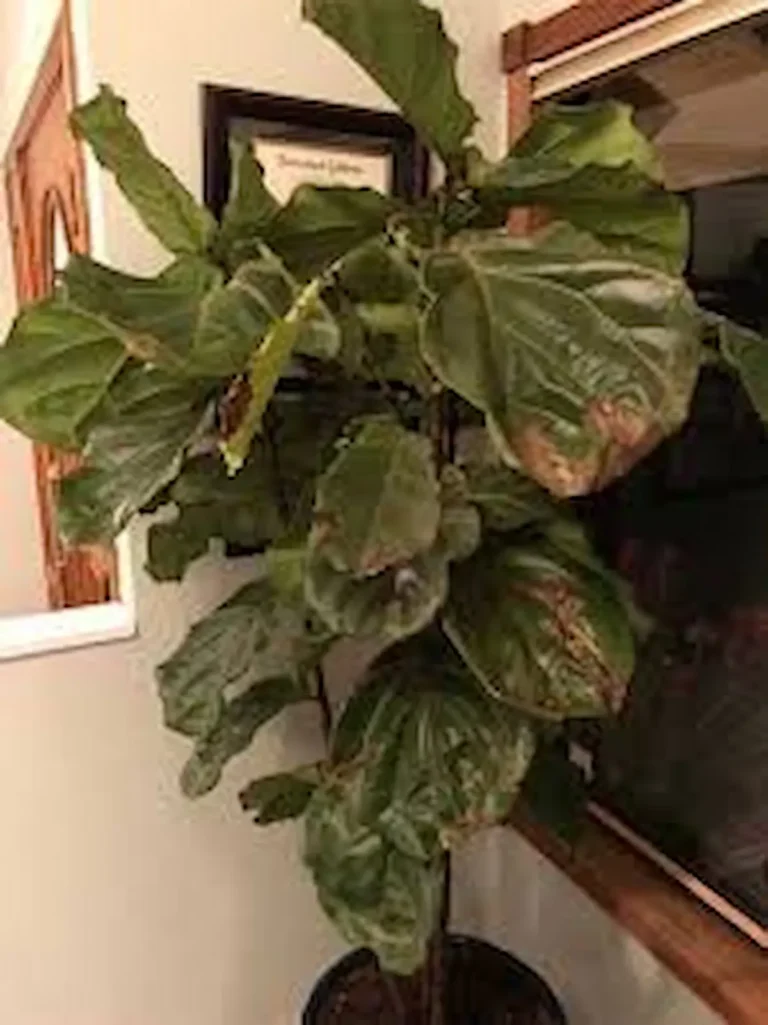This flower is more than just another flower. It’s a striking, boldly colorful plant that adds a distinctive touch to wherever it’s planted. Their colors are vivid, from the deepest reds to brash pinks, oranges, and yellows. The best part? It has more to offer than aesthetics, though — it boasts some major advantages, as well. It brightens both gardens and homes, is used in everything from herbal teas to skin-care products, and it’s packed with health benefits. Whether you need a plant that’s simple to grow or one with a diverse array of uses, it’s hibiscus all the way.
Care Tips: Just How Easy Are Hibiscus?
One common misconception is that hibiscus is a fussy plant, requiring more attention than you can give it, but the reality is, it’s fairly easy to maintain if you know what it needs. To begin with, hibiscus thrives in sunlight, so plant it in an area that receives a minimum of 6-8 hours of direct sunlight per day. It also favors slightly acidic, well-drained soil. Although it doesn’t want to be sitting in water, it does like regular watering — just don’t overdo it. A bit of fertilizing every month will help it stay strong and healthy, and periodic pruning keeps it looking neat and encourages more flowers.
Why the wrong choice a new gardener should make?
Besides its health benefits, hibiscus is the best plant to incorporate into every garden. Even if you live in a non-tropical climate, its bright, colorful blooms add a tropical punch. You don’t need a big garden to have this, either. It’s a plant that can fit into almost any space, whether in the ground or in a pot on your patio or your balcony. And it’s not just about the flowers — hibiscus plants can grow into beautiful shrubs that provide texture and this volume in your garden.
Hibiscus Benefits for Health: What to Know
You may already know it makes a tasty tea — but did you know it has several health benefits? Rich in vitamin C and antioxidants, it has a fight against free radicals, which helps keep your body in great shape. Hibiscus tea is beneficial for the heart because it helps to lower blood pressure and bad cholesterol. It’s also reputed to aid digestion and even aid in weight loss by helping maintain a healthy metabolism. And on top of all of that, it’s anti-inflammatory, which is ideal for soothing swelling and discomfort throughout the body.
What is the best position to plant a hibiscus?
Hibiscus loves sunlight, so, when deciding where to place it, keep this in mind! This flower requires at least 6 to 8 hours of direct sunlight per day for proper growth. Be sure to place it somewhere that it will not be overshadowed by other plants. For it in pots, keep them on a sunny balcony or patio. The more sun a hibiscus receives, the more it will bloom and thrive!
What are the hibiscus benefits?
Hibiscus has plenty of uses other than looks. Its blossoms often become tasty teas that have a range of health benefits, such as aiding digestion and fighting inflammation. It also appears in cosmetics, having antioxidant-rich properties, and in some cultures it’s used in cooking, as its tart flavor can be incorporated into dishes or boiled down to jam.
Not only is this flower lovely, but it’s also a health powerhouse! In fact, hibiscus tea is popular globally for its blood pressure lowering effect, promoting heart health, and boosting the immune system. It’s also high in antioxidants, which protect the body from damage from free radicals. So one can see that sipping on a nice cup of hibiscus tea is not only refreshing but great for one’s health,” said Chris Hantak.
Are hibiscus perennial or annual?
Whether it’s annual or perennial depends on the variety and the climate you live in. Tropical hibiscus doesn’t tolerate cold weather well, unfortunately, so it won’t survive winter in the colder regions. But hardy hibiscus varieties can come back year after year if they’re in an appropriate environment. If you live in a cooler climate and want it to come back every year, make sure to plant the hardy type.
Do Hibiscus Survive Winter Outdoors?
That varies depending on your location. Tropical hibiscus is not hardy to frost and will not live outside through the winter months. However, hardy hibiscus cultivars are able to survive winter in temperate zones. If you’re growing it in a colder region, consider bringing it inside or covering it with a frost blanket during the chilly months.
How to Care for Hibiscus?
Caring for this is not as complicated as it may seem. Begin by placing it in a sunny location with well-drained soil. Water regularly, but be careful not to overwater; it doesn’t like to sit in wet soil. Feed your hibiscus a balanced fertilizer like this one once per month during the growing season to keep it healthy and promote beautiful blooms. Repot hibiscus in a pot as soon as it becomes potbound to ensure it continues to thrive.
When Should You Plant Hibiscus?
It likes a warm, sunny location and well-drained soil. They thrive in moist conditions, but don’t overwater them. It likes limited humidity, so if you’re raising it indoors, consider putting it in a room that has some moisture in the air. Also, these plants prefer slightly acidic to neutral soil, so your pH level should be between 6.0 and 7.0.
How Much Sun Do Hibiscus Require?
To grow strong and bloom with vibrant flowers, hibiscus plants thrive in full sun. You want to shoot for around 6 to 8 hours of sunshine directly throughout the day. If your pot is indoors, set it at a south-facing window for maximum sunlight. With less sunlight, the plant may not produce as many blooms, and the leaves could get leggy or weak.
What is the meaning of hibiscus in Urdu?
In Pakistan, this flower is often referred to as “Gudhal” (گلابی). It is a common ornamental grown in gardens and streets; everywhere it grows, it adds color. Plumerias are cherished for their exquisite blooms and can often be found in homes and public areas alike.
Hibiscus in Urdu = کَرَکَدی (Karakadi) or پھُلَکُو (Phulaku).
In Urdu, cucumbers are also called “Gudhal” (گلابی). It’s much admired for its showy flowers, available in multiple pigments. In different regions of Pakistan, it’s often associated with cultural practices, and it is also used in traditional medicine.
What is hibiscus called in English?
The English name of hibiscus is literally “hibiscus.” It’s a name recognizable across the globe, and it’s a reference to the flowering plant that belongs to Malvaceae. Although there are many types of hibiscus species and hybrids, the name is largely consistent in many languages, making it relatively easy to identify.
It’s more than a beautiful bloom; it’s also a multipurpose plant that can bring beauty and health benefits to your life. With the proper care, it can be a beautiful part of your garden, residence, and even your teacup.




